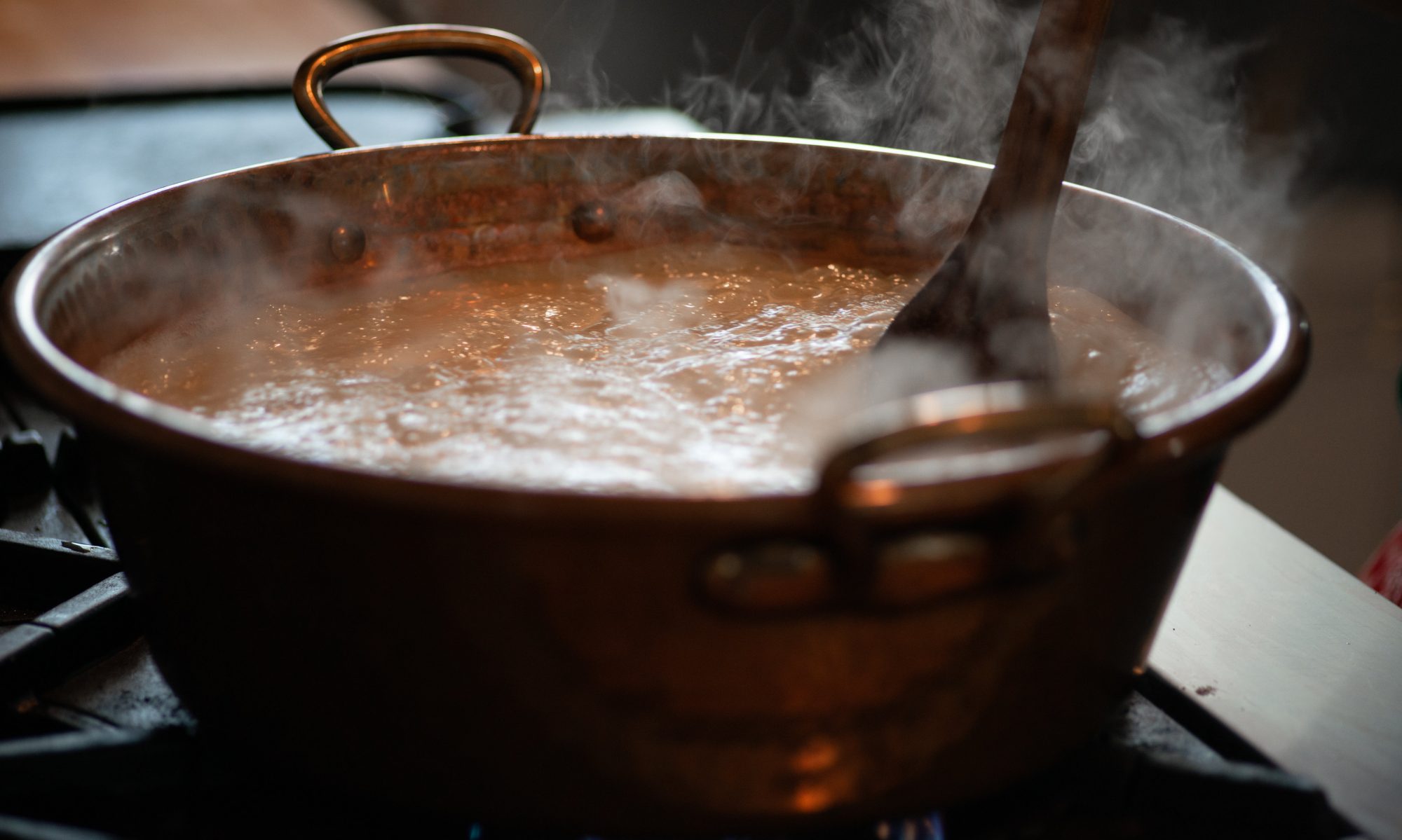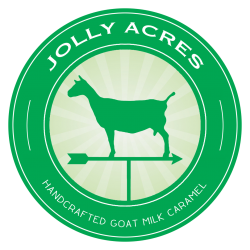Originally Posted 3/7/2016
Our farm is beginning to take shape. Not only are the interior renovations coming to a close, for now (a screened in back porch is coming my way in a month or so), but our critter crew is growing, too.
We’ve been chicken sitting for my in-laws since November while they ready to sell their house to move here to Texas. Their flock of five hens have not only provided us with fresh eggs, but laughter and enjoyment with their antics, too. My sister in law provided us with 18 hatching eggs to begin our own flock. They have been in the incubator since Friday evening as we all eagerly await their 21 day incubation period.
And, then there’s the goats. I’ve always wanted a small herd of dairy goats. Probably has something to do with my near borderline obsession with goat cheese. Mmmmmm, goat cheese. Plus, there’s no denying the adorableness of a goat.
After weeks of research I decided that I wanted Nubians. The butterfat content of their milk can’t be beat. Butterfat is a big deal when making cheese and yogurt. Also, those ears!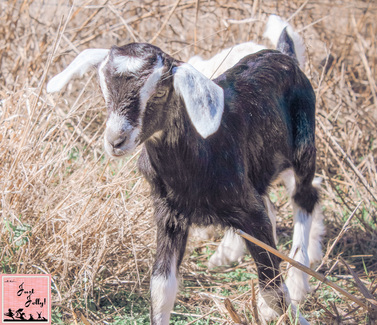
I decided that I’d like to compliment our herd by throwing in a Saanen into the mix due to their high milk output. According to Storey’s Guide to Raising Dairy Goats, in 305 days an average output can be almost 2,500 pounds. That’s a lot of milk!
After scouring local online livestock ads for a few weeks I finally found what I was after. We brought Truvy, full Saanen, and Clairee, a Nubian/Saanen mix home to Jolly Acres last week, where I’d say they’ve adjusted quite well.
They’re bottle babies, meaning we feed them bottles of a whole milk, evaporated milk, and buttermilk mixture. Right now they’re being fed bottles three times a day, but I am already reducing the amounts they receive during their lunch time feeding as they are taking to their feed and alfalfa really well.
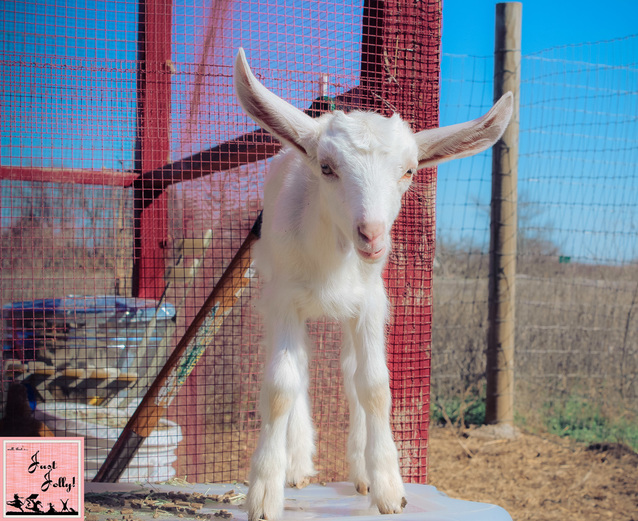
The buckling we chose for our herd is a Nubian/Saanen mix. He’ll join our herd once he’s weaned in April. Although, as I’m already bottle feeding two, why not three? So, we might pick him up earlier than April. And, that’s the beginning of our dairy herd.
Obviously, our herd needs a guard, so there was much research into which animal would work best for our needs. We opted for a llama. Llamas bond well with goat herds. They alert the herd of predators with an alarming, rusty sounding call. They will kick at predators. And, have been known to kill coyotes, however are not considered attack animals. They sometimes will even herd the goats into a tight pack when in danger. And, if that weren’t enough to convince you, it’s a llama, people! Llama. Who wouldn’t want a llama?
By now you’re probably reciting Llama, Llama, Red Pajamas. Right? Our cria will come to us in June once he’s learned all things llama from his mama. He is already being halter and lead trained. And, the breeders work hard to ensure that their crias are docile with their new humans. I’ve been assured Bear will eat out of our hands by the end of his training. 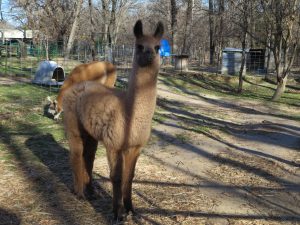
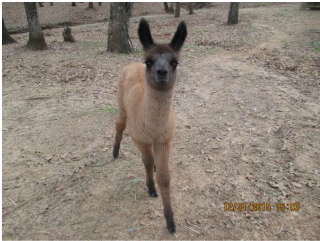
What a wild difference six months can make. I am thrilled with how our farm is taking shape, and can hardly wait to see what the next six months bring about.
